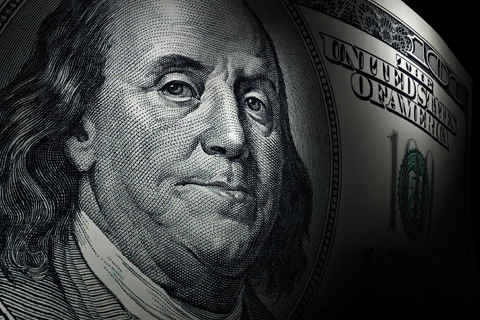F1 Brings Big Crowds and Big Money

Formula One racing is big business. In fact, it’s a multi-billion dollar business. Viewing audiences average 600 million per event, with average weekend race attendance at an astronomical 300,000 fans (figures from 2005-2008). For perspective, the 2012 Super Bowl drew a record-breaking, less-than-capacity crowd of 68,000 attendees with a milestone television audience of 111 million (Madonna pulled in an additional three million viewers, bringing the total audience to 114 million, a new high for half time). The World Cup, which has a more international appeal similar to Formula One, drew in 400 million viewers per match, with some 700 million viewers for the final alone.
Austin City Limits Music Festival attracts about 60,000-70,000 people per day. Current predictions estimate that the Circuit of The America’s attendance will be on the low side for an F1 event, around 120,000.
Formula One racing is big money, though there is no actual prize for winning a Grand Prix. Once the season has ended, the 12 racing teams divide the earnings collected over that period according to an interesting (and obtuse) formula, so shrouded in mystery only Formula One Management (FOM) seems to know and understand it. The division of proceeds for the 2010 season, for example, brought $658 million in prize money to each team. (As a comparison, the 32 teams that comprise the National Football League (NFL) averaged, according to Forbes, $261 million in revenue in 2010.) Drivers are not paid from this money; rather, each driver has a specific contract with a team that negotiates a salary based on finishing place in races and points earned for the team.
Where exactly does all that money come from? Team owner spending accounts for a substantial chunk; owners, often wealthy and coming to F1 with ready-made fortunes, are willing to pay to have the best teams. On-car team sponsorship is huge ($837 million in 2008), with off-car accounting for another $59 million. Sponsorships as a whole (which also includes tire and custom engine supply, among a variety of other categories) make up one-third of all accumulated revenues, which was $1,533 million, just under the amount spent by team owners. Race sanctioning fees bring in hefty amounts of cash, as do ticket sales, trackside ads, and television rights (those 600 million viewers have got to be watching somewhere).
However, not all F1 money goes to profits; for the Williams F1 Team, there is a poignant charitable connection. In 1986, Sir Frank Williams was involved in a road car accident, sustaining spinal injuries that left him unable to walk. The Spinal Injuries Association (SIA) provided personal support to Williams during his recovery and in return, the SIA is the Williams F1 official charity. Though Sir Williams’ business is fast cars, he’s made an effort to reach out to the young people of Britain about the dangers of mixing inexperienced drivers and speed. He recorded a public service announcement with Ingenie Driving Insurance in which he discussed how his haste in attempting to make that appointment led to his fateful accident. “The crash changed my life,” he said bluntly, “but life has to go on.” Sir Williams summed up his thoughts: “F1 is always under the spotlight for safety. Safety is one of our causes. Yes, the sport is inherently dangerous but endless precautions are taken to make the car safer and the track safer. Drivers are immensely skillful. But I think the normal person, in normal circumstances, on a normal road, in a normal production car needs all the help he can get to prevent an accident.”






